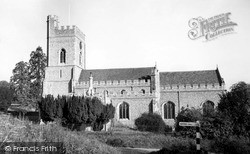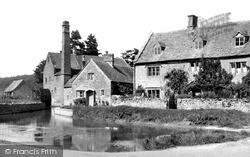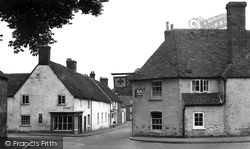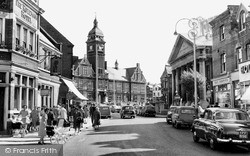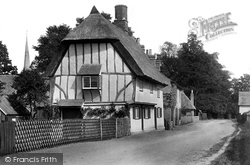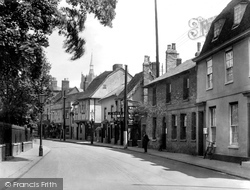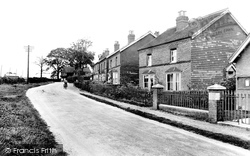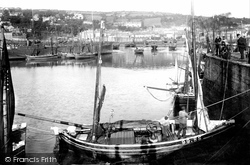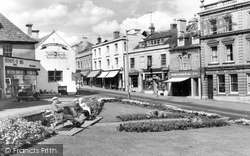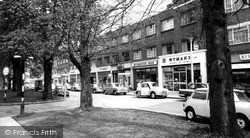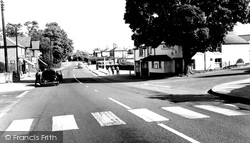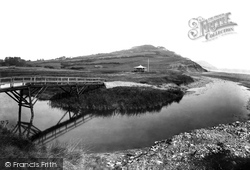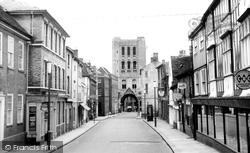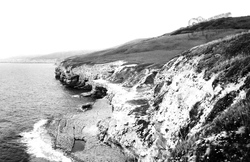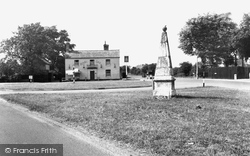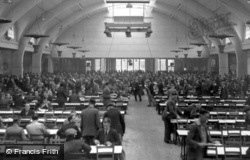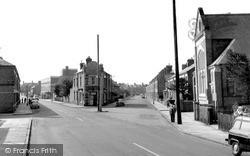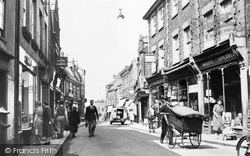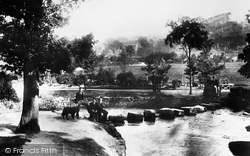Captions
388 captions found. Showing results 101 to 120.
In 1960, at nearby Stoney Hill, bricks were still being made by hand.
A water mill has stood here since Norman times, but this red brick corn mill dates from the early 1800s.
We are looking northwards towards the Square (centre), with 18th-century brick and tile houses on both sides of Wimborne Street.
The Baptist Tabernacle and the Gas Board showrooms are to the right, whilst on the left stands the red brick Riflemans Hotel, which dates from 1888.
The bold square brick tower was built onto a 13th-century base c1656 after an earlier tower had collapsed.
In its place stands a row of brick terraced cottages.
The Gothic west front with a Decorated-style window and the gable tower were added in 1891 in white brick, almost masking the earlier red-brick 'preaching-box' behind.
Charcoal-making was a forest industry until the 1960s, and was carried out on sites within the forest.There were two brick works in the village.A road of brick cottages is seen next to the Wesleyan
The midships wheel, lying fore and aft, was used to make easier the back-breaking task of hoisting sails.
Don Lovelock remembers going in to buy loose biscuits weighed out from the tin and the assistant breaking a piece off to make it up to a pound.
The retention of the trees softening their setting is to be welcomed - but for how long, when in most parts of London insurance companies break out in a cold sweat at the very sight of a suburban tree.
The inquiry into the disaster led to three disagreeing reports in 1937 on the causes of the disaster and the owner William Bonsall was convicted on eight counts of breaking mining safety laws, yet he was
We are looking eastwards from the blocked mouth of the River Char, which ends its journey to the sea by having to break through a ridge of shingle (right).
This had been the Norfolk Coffee House; it was rebuilt in white brick in 1838.
Romantically named for the sea breaking across its rocks, Dancing Ledge is a mile south of Langton Matravers village.
Up to the 1970s, the Royal Oak public house offered a welcome break to travellers before they moved on to London or Thrapston.
After the war there were no more production workers' lunch breaks or children's parties here, as output became everything.
These red brick terraces were built to house the employees of hosiery and shoe manufacturers at the turn of the century.
Looking west along the High Street, we see buildings which are characteristic of North Norfolk: flints set in mortar, with brick facings.
This park was laid out for the benefit of working people to give them a break from the dust and grime of industrial Sheffield.


